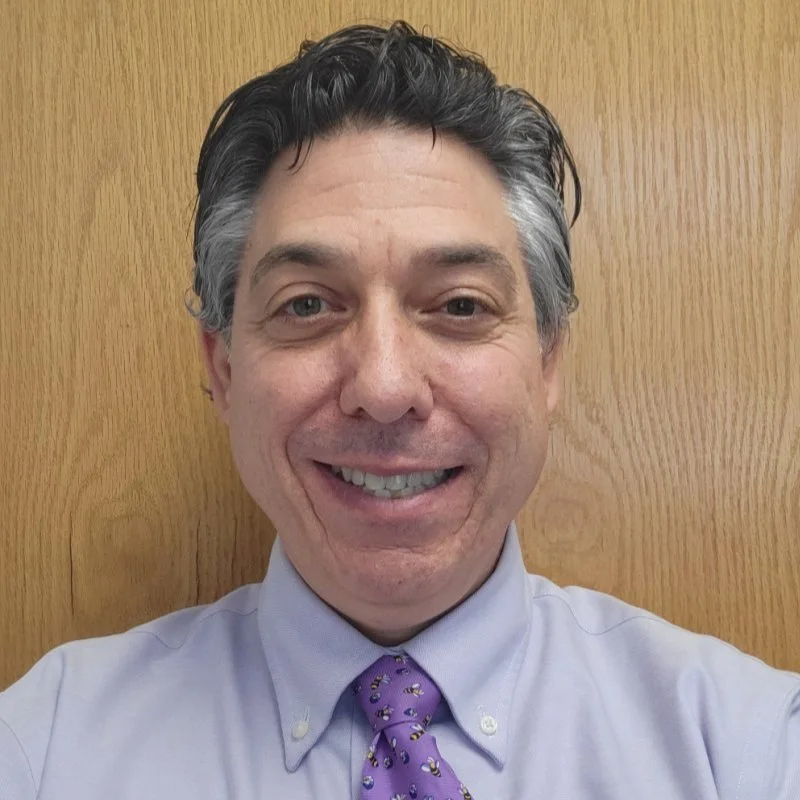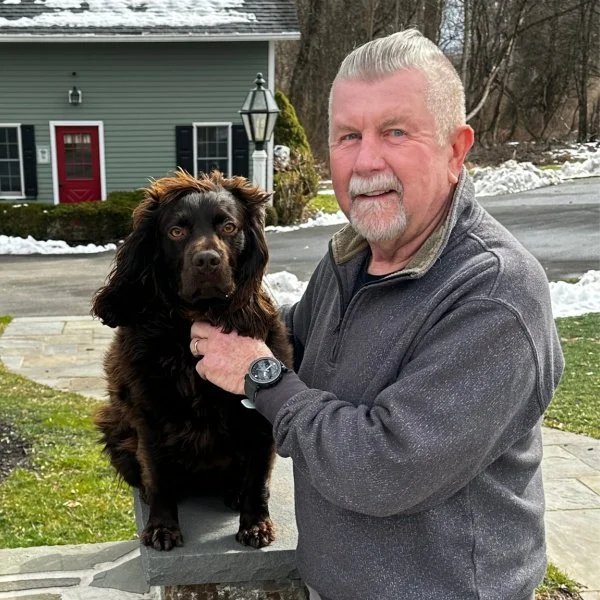Recovery Techniques for the Weekend Warrior
We have some excellent news for all you weekend warriors out there! A recent study found that squeezing in 150 minutes of moderate physical activity over the weekend provides the same heart-healthy benefits as spreading it out over the week. Yes, really! We know weekdays can be hectic, so if weekends are your only workout window, you’re still on track for better health.
Naturally, a lot of us like to be active and have fun playing “weekend warrior” style. Whether it’s that pickup pickleball game, three hours of gardening, going on a fun family hike, or building a treehouse for the kiddos, it’s great to stay active whenever possible. There is one problem we often see with our weekend warrior crew here at A Life in Balance (ALIB), however: those sporadic, sudden injuries that come with weekend activities. The good news is that holistic physical therapy techniques that help you bolster your core, balance, and flexibility all week long can help you get the most out of your weekend activities while preventing injuries. And if you do get injured on the weekend, don’t neglect your recovery, even if you think it’s only a minor pain. Treating minor injuries now can prevent bigger ones next weekend!
Are You a Weekend Warrior?
Now, keep in mind that we call it “weekend warrior”, but that sporadic, intermittent activity might also happen during a Tuesday night basketball game, or spending an hour in the park chasing a toddler. The key is that if you spend most of your time sitting at a desk during the day, then engage in intense physical activity sporadically, a few times a week, whether that’s casual sports or some other kind of activity like yard work (which burns a lot of calories, by the way), you’re what we’d call a “weekend warrior”.
Common Weekend Warrior Injuries Need Holistic Physical Therapy
Some of the most common weekend warrior injuries that we see in our physical therapy Flemington NJ wellness center include:
Wrist and hand injuries
Shoulder injuries (like rotator cuff injuries)
Sprains and strains of the arms and elbows
Ankle sprains
Knee injuries
Neck pain
The interesting thing about these injuries is that a lot of patients may experience what they consider “minor pain” or strain at first and think nothing of it. If they continue this pattern of ignoring the minor pain, however, it often worsens until they can’t even enjoy any weekend activities, let alone the “fun” of sitting at their desks all day long. (No, seriously, sitting for long periods is unhealthy, so try to reduce that amount of time if you can.)
Holistic Physical Therapy Flemington NJ Gets Weekend Warriors Back to Life Faster
Holistic physical therapy has two primary benefits for the weekend warrior:
It can help you heal and get back to your favorite activities faster than just letting an injury go. In fact, scientific studies have shown that seeking professional help for an injury sooner rather than later leads to faster recovery times. In that study, recovery time was shortened by three weeks when patients started treatment right after the injury, versus the folks who waited more than a week.
Regular physical therapy sessions can actually help you prevent injuries you’re more susceptible to because of the weekend warrior activity pattern. Personalized care plans can cater to your unique activity levels and preferences to lower your risk for injury by helping you work on core strength, body balance, and overall flexibility.
Weekend Warrior Success Stories
We have so many clients here at ALIB who have experienced those benefits and can tell you from personal experience that holistic physical therapy works to improve their daily lives, both in terms of daily physical performance and injury avoidance.
David’s Mind-Body Connection Realization
First, there’s our friend David who experienced a gluteal injury that kept him from enjoying his day-to-day life. It also cut his weekend warrior activities down to nothing because walking, sitting, and doing just about anything was a pain in the patootie. He came to see us here at our physical therapy Hunterdon County wellness center and was so grateful for what he learned and the relief it brought him:
“Once I understood the brain and body connection, the need to stimulate the underused muscles in lieu of the overused ones, and most importantly the need to activate them once they are stimulated, results happen much faster,” David says. “Furthermore, homework is key! If you do not apply yourself to the work, results will not come nor last."
Bill’s Knee Replacement Comeback
Bill had always been a pretty active weekend warrior guy, but as he says, “I outlived my knee joint.” So, he had to have knee replacement surgery, which necessitated what he thought would be a long recovery.
“I'm a little over three months out from the surgery and I can do just about any normal daily activity,” he says. “Skiing may have to wait, but I’ve been taking my dog for long walks. Physical therapy has been very helpful for recovery.”
One of the most important things Bill learned was to pace himself: “The pace of recovery is different for everyone. I tend to try to rush it, but you have to let your body be your guide.”
Getting holistic physical therapy can help people understand their bodies better so they can be aware of how they move, how to improve their movements, and maintain an active lifestyle with fewer setbacks and injuries.
Try Holistic Physical Therapy Flemington NJ Today
If you fit the weekend warrior definition and have started feeling a twinge in your elbow, a pain in your ankle, or anywhere else on your body, don’t wait until it gets worse to get help. Schedule an appointment with our physical therapy Hunterdon County wellness center team and figure out what’s going on and how to heal and prevent future injuries! A Life in Balance Wellness Center’s unique, holistic, individually tailored physical therapy sessions are designed with your needs in mind.


